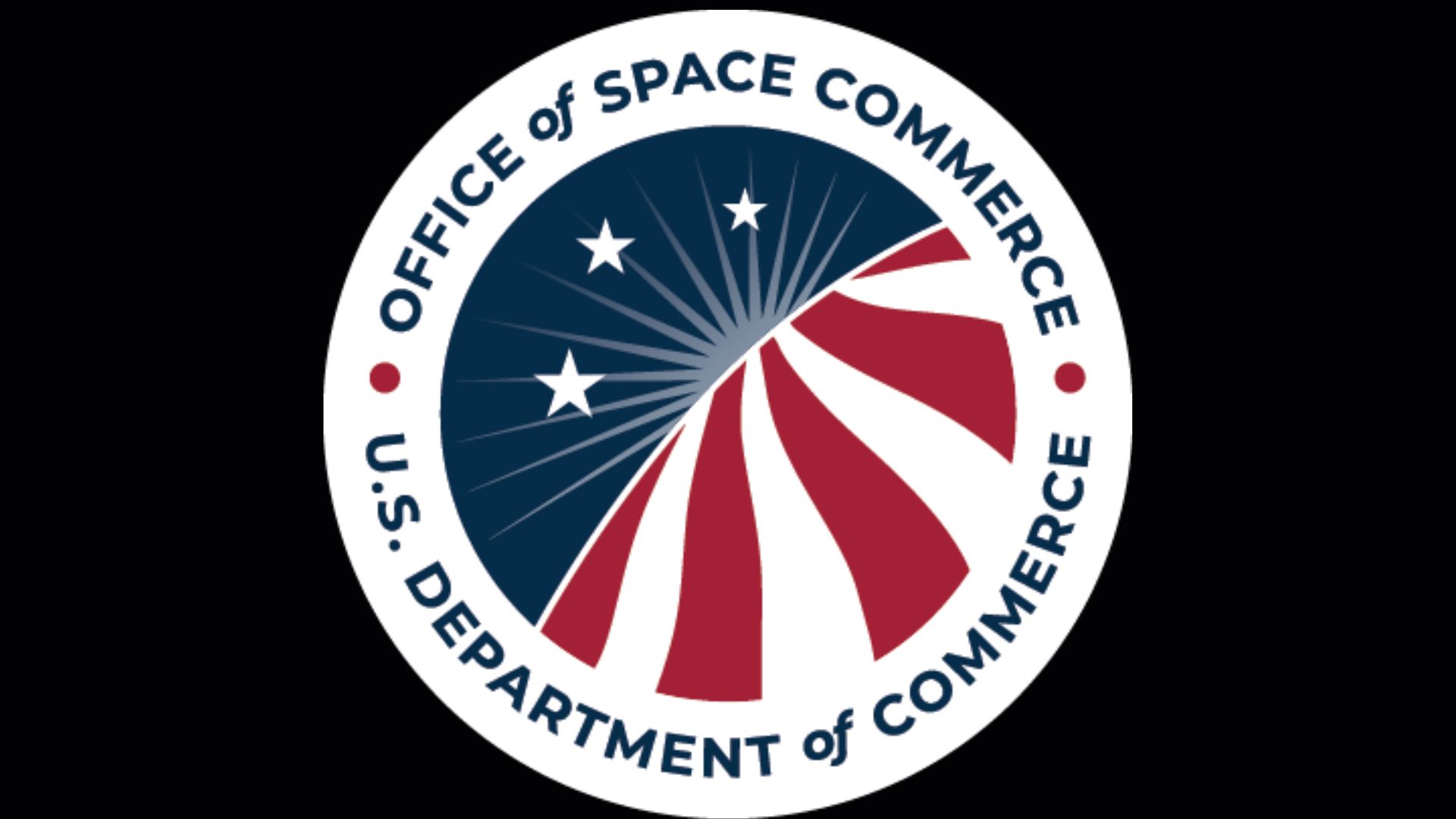NASA to reveal moon landing site for ice-lunar rover today. Here's how to follow it live.
We'll finally learn the landing site location for an ice-hunting rover scout that will search for resources to support human moon landings.
NASA will host a media teleconference Monday (Sept. 20) at 4 p.m. EDT (2000 GMT) to discuss where in the moon's south polar region private company Astrobotic will place the agency's Volatiles Investigating Polar Exploration Rover (VIPER) in late 2023. It will launch on a SpaceX Falcon Heavy rocket.
The event will stream on NASA TV. the agency's YouTube channel and social media, as well as here at Space.com courtesy of NASA.
Related: Moon VIPER: NASA wants to send a water-sniffing rover to the lunar south pole
According to NASA, briefing participants include:
- Lori Glaze, director of the Planetary Science Division, NASA Headquarters
- Daniel Andrews, VIPER project manager, NASA Ames Research Center in California
- Anthony Colaprete, VIPER lead project scientist, Ames
- Darlene Lim, VIPER deputy lead project scientist, Ames
- Darryl Gaines, deputy manager, NASA Commercial Lunar Payload Services, NASA Johnson Space Center in Texas
VIPER will ride to the moon on a private lander built by Pittsburgh-based Astrobotic under NASA's Commercial Lunar Payload Services (CLPS) initiative. CLPS is meant to test out technology and to scout for lunar resources ahead of planned Artemis program human missions on the moon.
NASA is targeting 2024 for boots on the surface, but is running into technological, funding and lawsuit issues that could delay the effort. But whenever the crewed landings happen, VIPER will be useful because "it will get a close-up view of the location and concentration of ice and other resources," NASA officials wrote in a statement Thursday (Sept. 16) advertising the forthcoming announcement.
Breaking space news, the latest updates on rocket launches, skywatching events and more!
The agency tapped Pennsylvania's Astrobotic in 2020 under a contract worth $199.5 million as a fixed-cost fee covering every aspect of launch and landing, the agency said at the time. Earlier this year, Astrobotic selected SpaceX through a competitive procurement to launch the rover, using the Falcon Heavy rocket most famous for sending the "Starman" mannequin to space in a red Tesla Roadster.
Astrobotic also has a CLPS mission to deliver a smaller lander, called Peregrine, toting small science and technology payloads to the moon sometime in 2022, NASA said. VIPER required a more massive lander, called Griffin, that clocks in at 1,000 lbs. (450 kilograms), hence the need for the heavy-lift rocket.
Follow Elizabeth Howell on Twitter @howellspace. Follow us on Twitter @Spacedotcom and on Facebook.

Elizabeth Howell (she/her), Ph.D., was a staff writer in the spaceflight channel between 2022 and 2024 specializing in Canadian space news. She was contributing writer for Space.com for 10 years from 2012 to 2024. Elizabeth's reporting includes multiple exclusives with the White House, leading world coverage about a lost-and-found space tomato on the International Space Station, witnessing five human spaceflight launches on two continents, flying parabolic, working inside a spacesuit, and participating in a simulated Mars mission. Her latest book, "Why Am I Taller?" (ECW Press, 2022) is co-written with astronaut Dave Williams.

